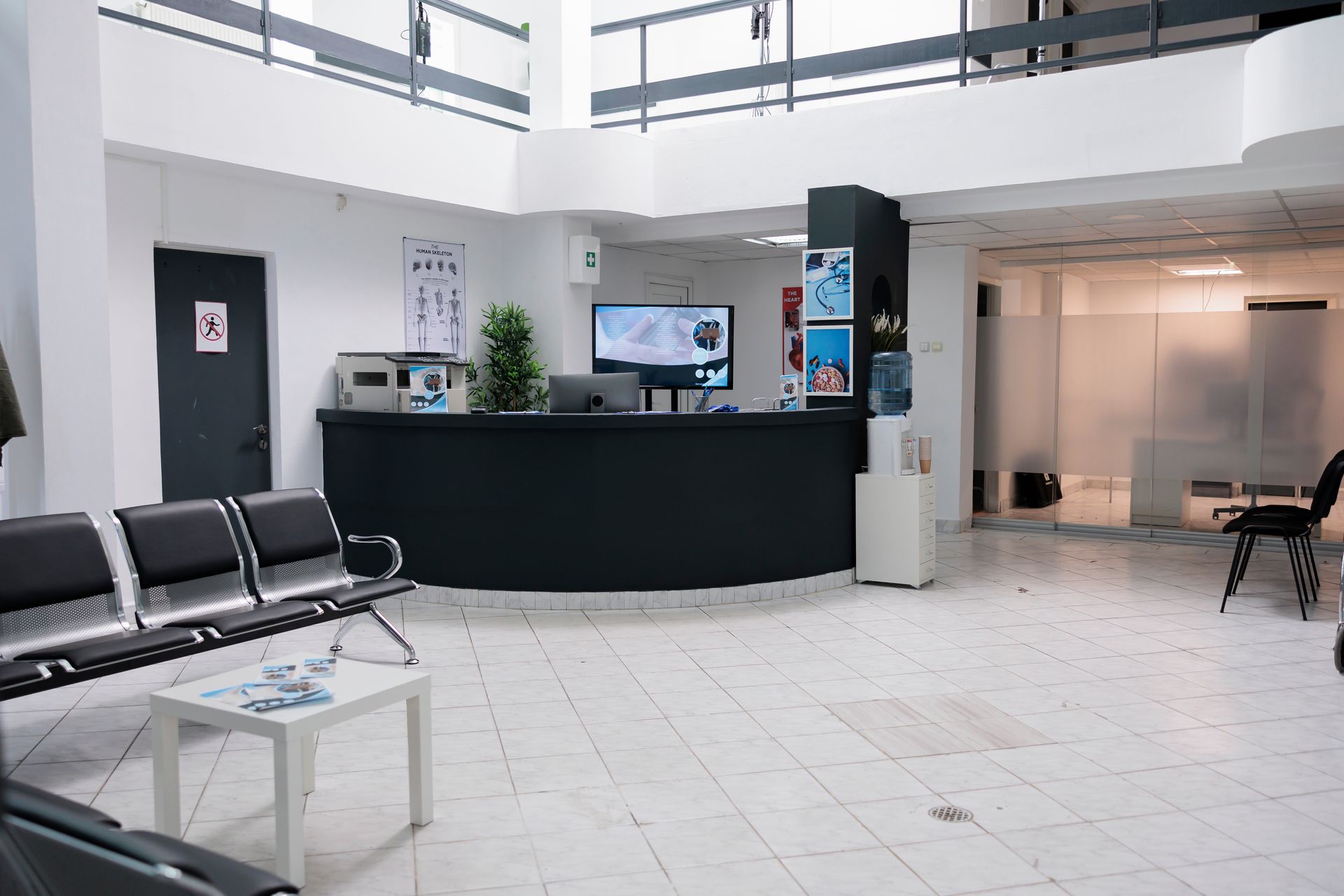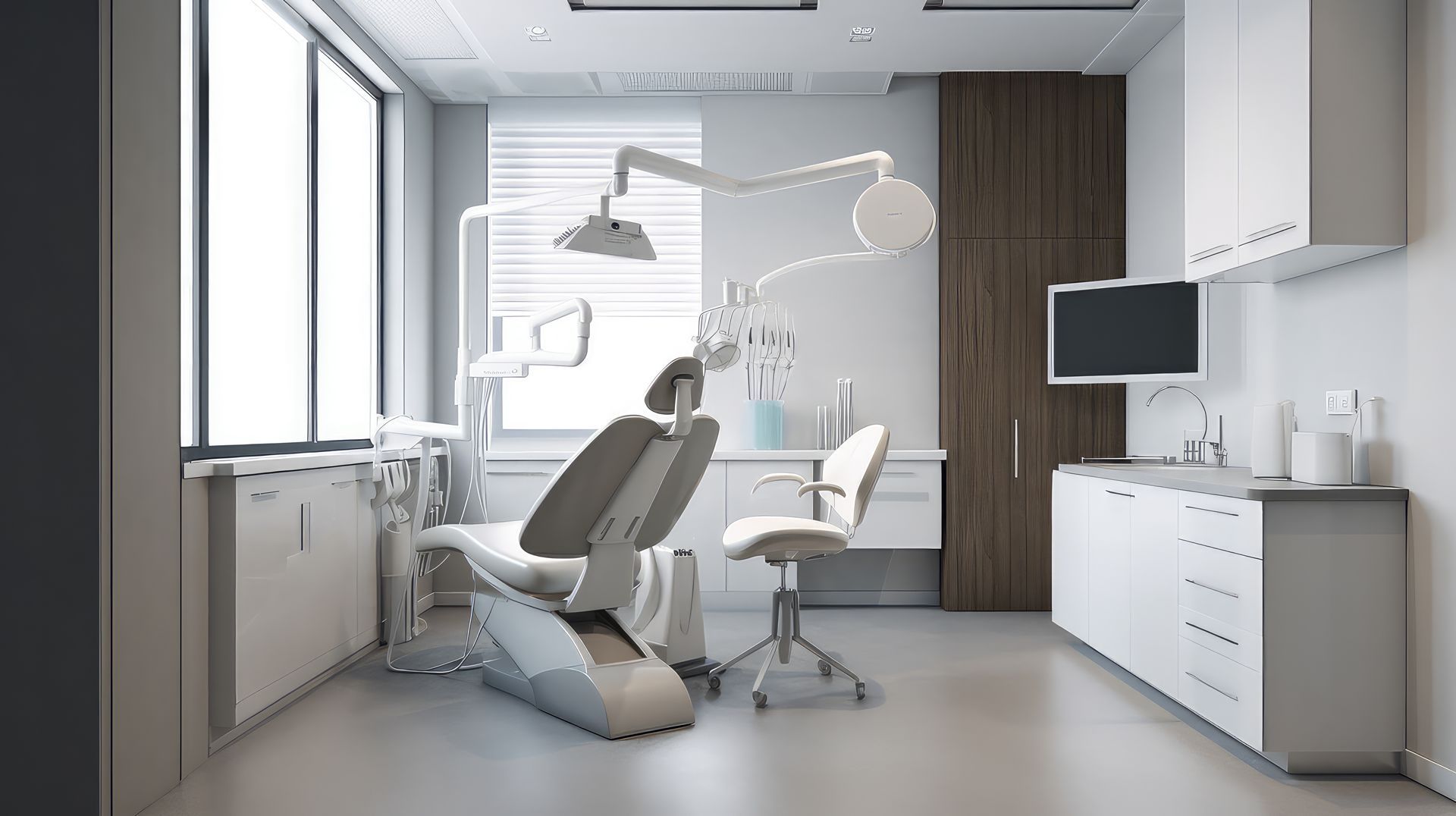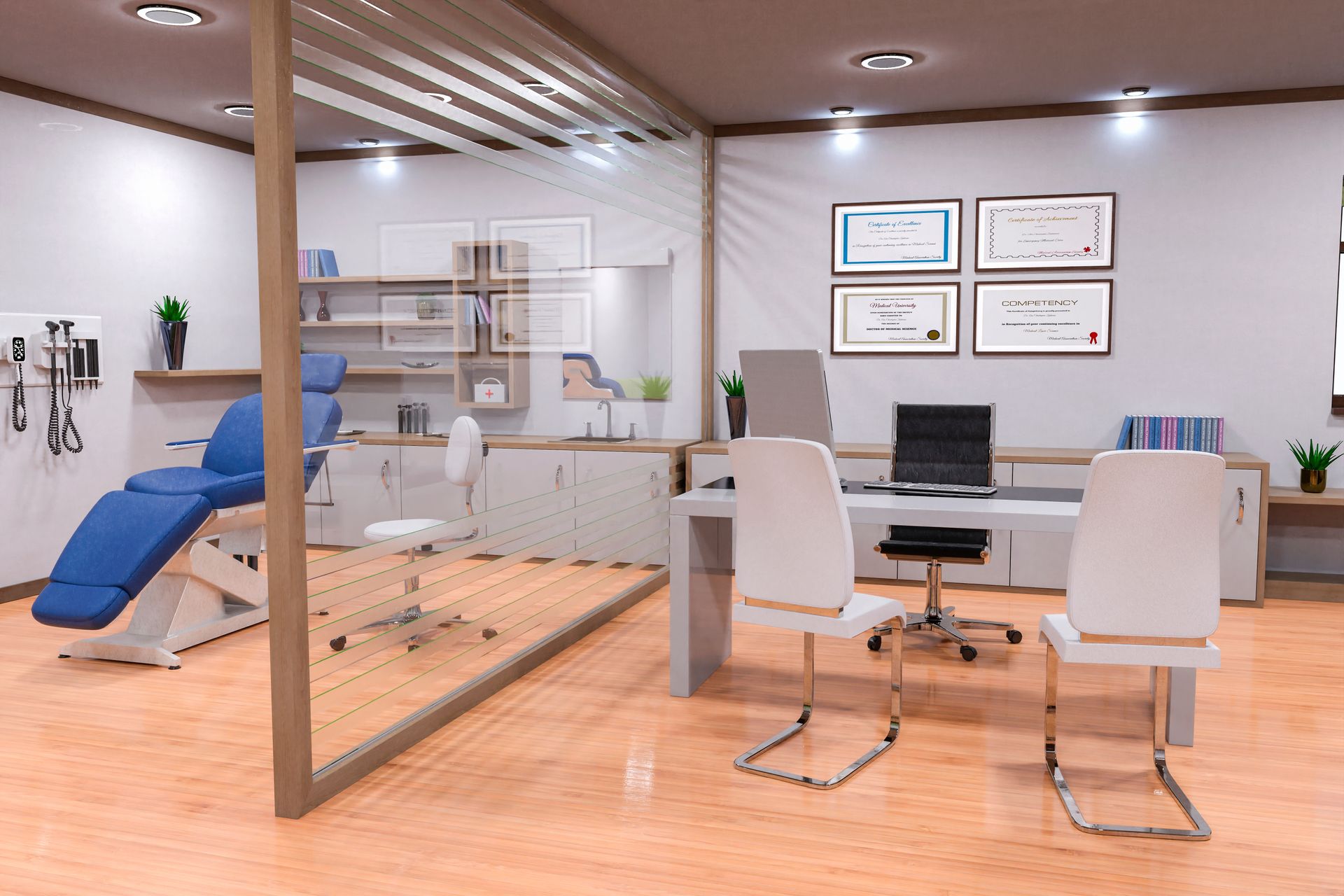Medical Office Renovations: Tips for Minimizing Disruptions to Patient Care
Strategies for Seamless Healthcare Facility Upgrades
Renovating a medical office is necessary for modernization and enhancing patient care. However, the process can be disruptive, affecting healthcare delivery and patient experience. At Firestone Builders, we understand the importance of maintaining high patient care during renovations. Therefore, we've compiled a list of strategic tips to help medical facilities minimize disruptions and ensure that patient care continues smoothly.
1. Detailed Planning and Communication
Early and Comprehensive Planning:
Start with a clear vision of the project’s goals and timelines. Engage with architects, contractors, and stakeholders early in the process to address potential challenges and solutions. Detailed planning helps identify critical areas and minimize unforeseen issues.
Effective Communication:
Keep all staff informed about renovation schedules, changes in patient flow, and safety protocols. Effective communication ensures everyone is prepared to adapt to temporary changes and can relay accurate information to patients.
2. Phased Renovation Approach
Implementing in Phases:
Dividing the renovation project into manageable phases allows for less interruption in daily operations. This approach helps isolate noise and construction activities from patient care areas, ensuring that most services remain uninterrupted.
Temporary Relocation:
For more extensive renovations, consider temporarily relocating services to other parts of the building or to a temporary off-site location. This can help maintain patient services without compromising safety or comfort.
3. Noise and Dust Management
Schedule High-Noise Tasks:
Plan for high-noise tasks during off-hours or less busy times. This minimizes the impact on patients and staff, maintaining a calm and healing environment.
Dust and Debris Control:
Implement strict dust and debris control measures, including physical barriers and negative air pressure systems, to prevent the spread of dust. Regular cleaning schedules should be intensified to maintain a healthy environment
4. Safety First
Clear Signage and Pathways:
Ensure that clear signage is in place to safely direct patients and staff around construction areas. Temporary pathways should be accessible and well-lit to accommodate all patients, including those with mobility issues.
Regular Safety Checks:
Conduct daily safety checks to ensure that all temporary structures and pathways remain secure and that emergency exits are accessible. Safety should always be the top priority.
5. Leverage Technology
Virtual Services:
Expand virtual care services to reduce the number of patients needing to visit the office physically. Telehealth can be an effective way to continue providing consultations and follow-up care.
Online Updates:
Use your website and social media platforms to provide updates on the renovation progress and any temporary changes in operations. This keeps patients informed and engaged with the process.
6. Patient-Centric Approach
Patient Feedback:
Gather patient feedback regarding the renovation process and how it affects their care experience. This feedback can provide valuable insights for adjusting strategies if necessary.
Focus on Comfort:
Ensure that waiting areas and temporary facilities are comfortable for patients. Consider adding extra amenities like water, coffee, or Wi-Fi to make the waiting process more pleasant.
Conclusion
Renovations can significantly improve the functionality and aesthetics of a medical office, ultimately enhancing patient care. By following these tips, medical offices can successfully navigate the challenges of renovations while minimizing disruptions to patient care. At Firestone Builders, we are committed to working closely with healthcare providers to ensure that renovations are smooth, efficient, and patient-focused. Let us help you create a space that meets the needs of today's healthcare environment while preparing for the future.
You might also like
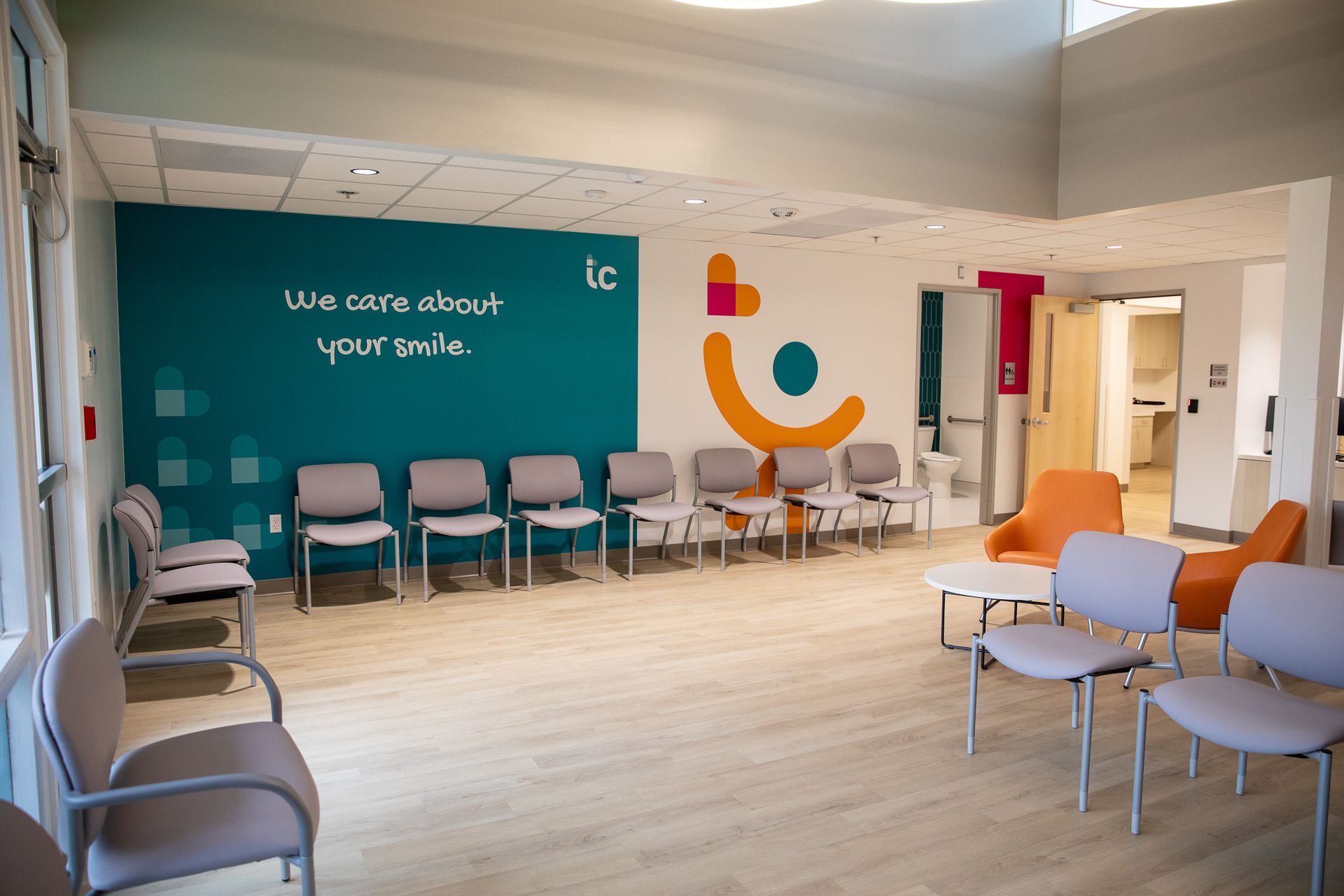
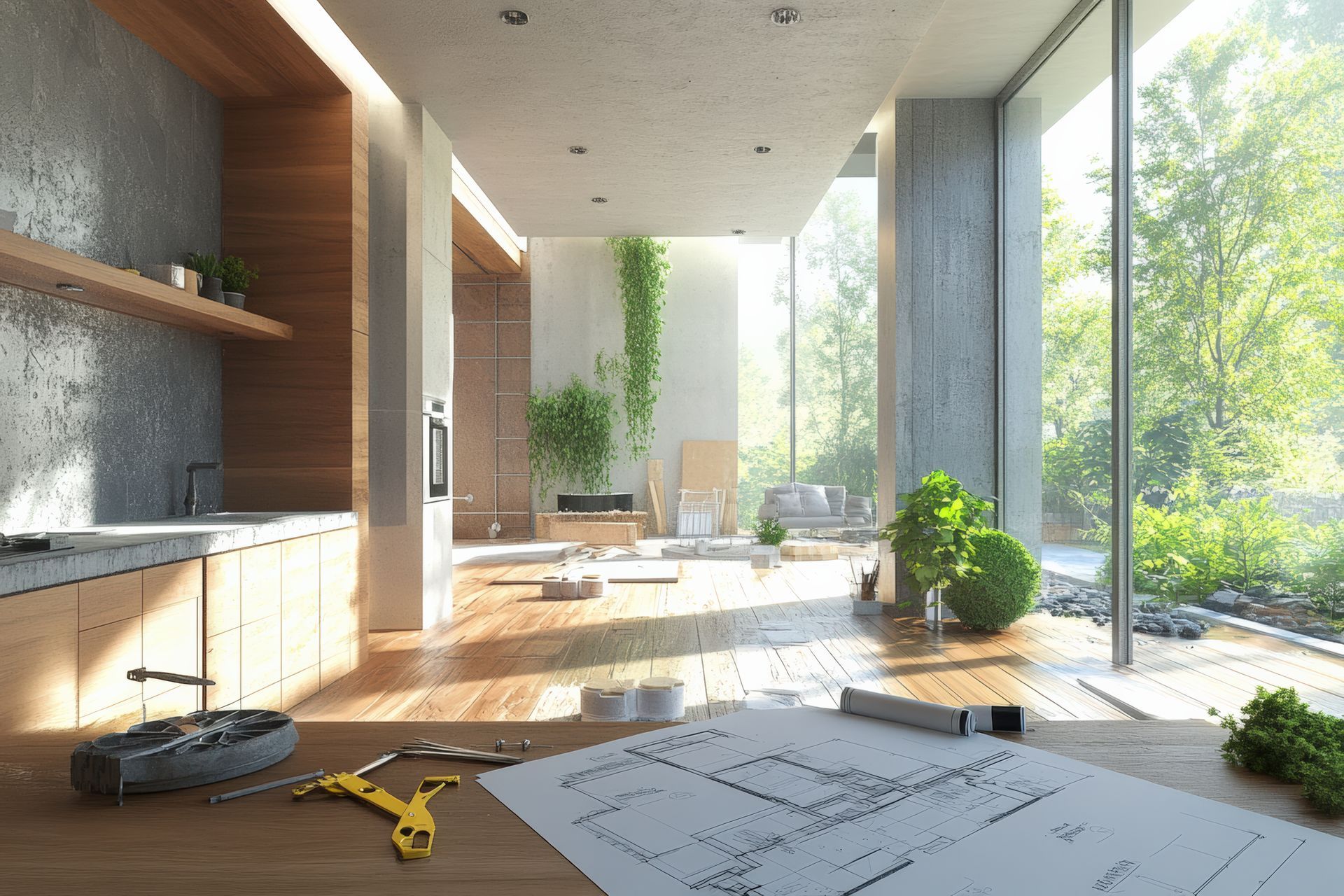
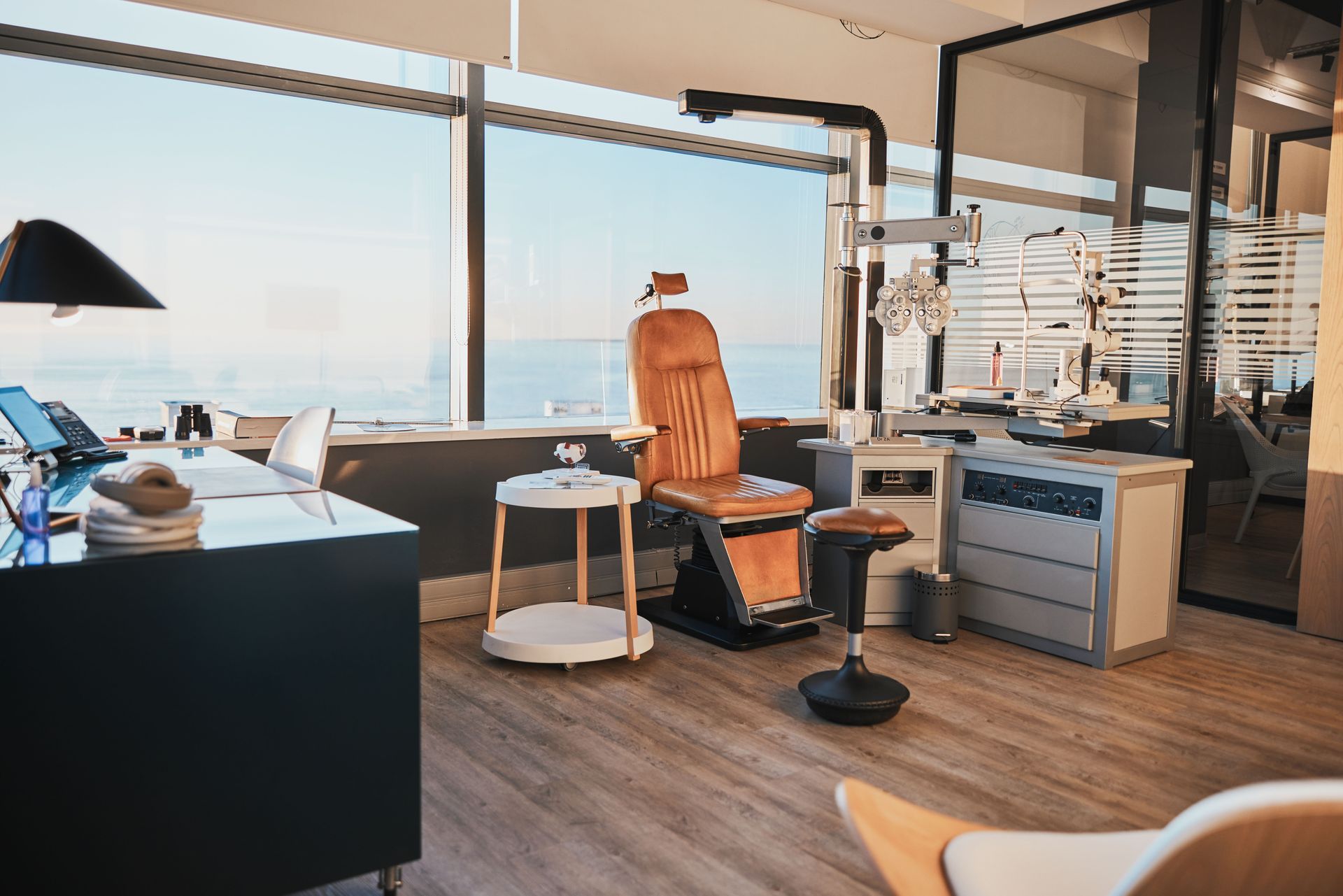
Book a Service Today
We will get back to you as soon as possible
Please try again later
Navigation
Services
Office Hours
- Mon - Fri
- -
- Sat - Sun
- Closed
All Rights Reserved | Firestone Builders, Inc. | Website Design by GoBeRewarded

